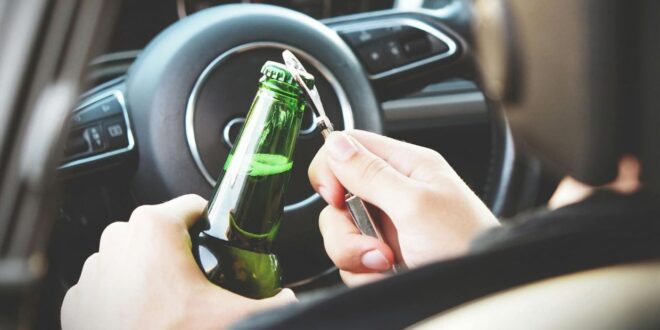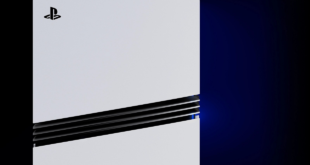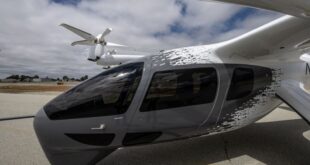Researchers in Australia have developed a computer tracking system capable of detecting, via camera images, the level of inebriation of motorists. If successfully combined with surveillance cameras, it could make for a formidable tool for law enforcement agencies.
Researchers at Australia’s Edith Cowan University (ECU) have developed computer tracking technology that uses a simple camera to detect drivers who are too drunk to drive safely. The technology is based on a machine learning system that analyses various facial features, as well as the position of the head and the direction of the driver’s gaze, to determine their level of intoxication. This is the very first solution to use a conventional RGB camera to detect levels of alcohol intoxication based on signs of impairment on drivers’ faces.
To train their tool, the researchers used MiX by Powerfleet, a fleet management application that usually tracks driver behaviour. The participants, divided into three levels of alcohol intoxication (sober, slightly intoxicated and severely intoxicated), were recorded while driving on a simulator. These images were then fed into the machine learning system developed by the researchers.
The first tests have demonstrated 75% accuracy in the system’s analysis of driver behavior. Ultimately, this system could be integrated into roadside surveillance cameras, offering a fast and effective alternative to traditional checks for drink-drivers.
The next step will be to define the level of image resolution required to use this algorithm, while ensuring that it is as reliable as possible. If use at low resolution is feasible, the tool’s field of action will be wider, particularly for roadside surveillance cameras.
In fact, while this technology could one day be used to unlock your car, for example, it could also be integrated into roadside cameras, in the same way that these cameras already detect seatbelt use or cellphone use.
In Australia, drink-driving is the number one contributing factor in around one in three fatal crashes. – AFP Relaxnews
 BeritaKini.biz Berita Viral Terkini di Malaysia
BeritaKini.biz Berita Viral Terkini di Malaysia





